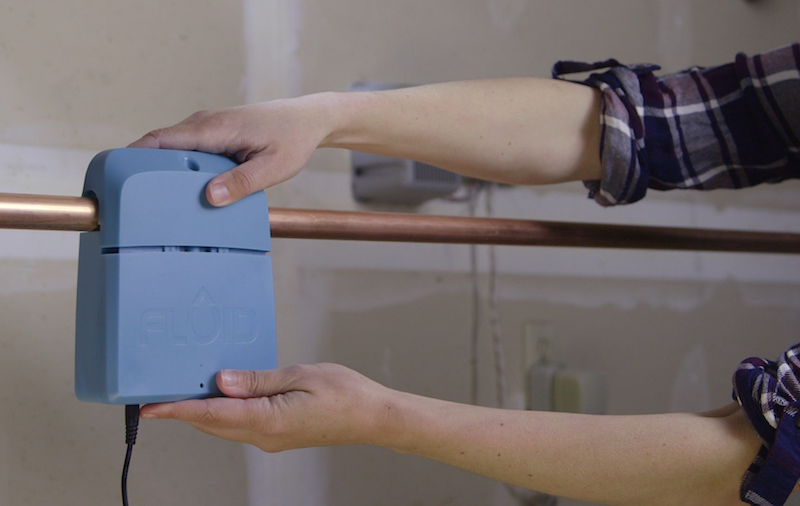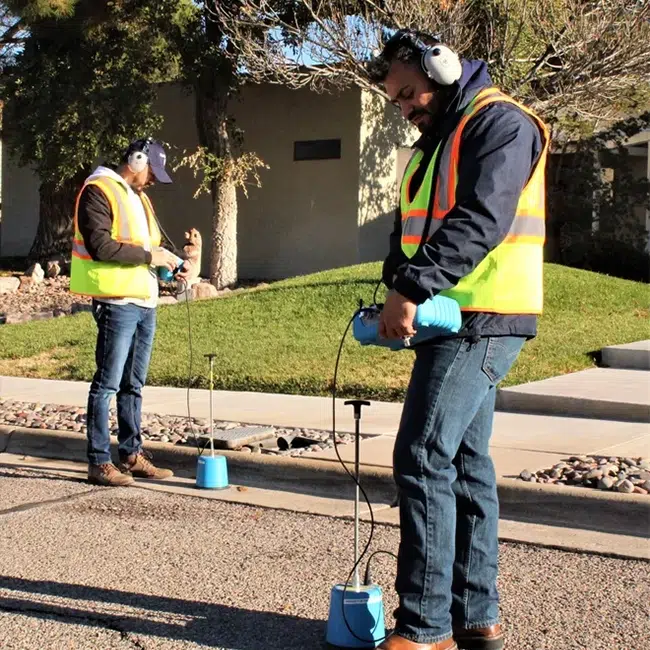Leading Water Leak Detection Strategies to Shield Your Home from Water Damage
Leading Water Leak Detection Strategies to Shield Your Home from Water Damage
Blog Article
Cutting-edge Solutions for Early Detection of Water Leaks in Buildings and Infrastructure
From advanced leak detection technologies to the deployment of IoT sensors for real-time tracking, the landscape of leakage prevention is developing quickly. Automated water flow evaluation systems are improving exactly how leaks are recognized and attended to, leading the means for a proactive approach to water leak detection.
Advanced Leak Detection Technologies
Advanced leak detection modern technologies, equipped with cutting-edge sensors and formulas, play a crucial role in swiftly identifying and identifying water leaks in various settings. Electro-magnetic sensing units can recognize changes in electromagnetic areas triggered by water, using yet another layer of leak detection ability.

IoT Sensors for Real-Time Surveillance
In the realm of contemporary water leak discovery, the integration of IoT sensing units for real-time tracking represents a critical advancement in boosting proactive leak discovery capacities. These sensors supply constant tracking of water supply, providing real-time information on water flow rates, stress variations, and temperature adjustments. By leveraging IoT modern technology, these sensing units can spot even the tiniest abnormalities in water use patterns, making it possible for early identification of potential leaks before they rise into major issues.
IoT sensing units send data to a centralized platform, where sophisticated algorithms analyze the details and create informs or alerts when abnormalities are found. This real-time monitoring capacity enables building proprietors or center managers to immediately address leakages, lessening water damage, decreasing repair costs, and saving water sources.
In addition, IoT sensing units can be incorporated with structure monitoring systems, permitting computerized responses to spotted leaks, such as shutting down water shutoffs or activating pumps to mitigate the impact of leaks. Overall, the execution of IoT sensors for real-time monitoring substantially boosts the performance and efficiency of water leakage discovery in structures and facilities.
Machine Discovering Algorithms for Leakage Forecast

One key advantage of using artificial intelligence for leak prediction is its capacity to continuously find out and improve its precision gradually. As even more data is collected and fed into the algorithm, it can refine its forecasts and adapt to changing conditions, eventually boosting the integrity of leakage discovery systems.
Furthermore, artificial intelligence algorithms can help in identifying refined signs of leakages that may go undetected by conventional surveillance approaches. water leak detection. By assessing intricate information sets in real-time, these algorithms can offer very early warnings and notifies, permitting for punctual intervention and precautionary upkeep to minimize prospective water damages and associated costs
Utilizing Thermal Imaging for Leak Detection
Thermal imaging innovation uses a promising strategy for spotting water leaks in numerous systems and facilities. By using infrared radiation and temperature level variations, thermal imaging cameras can recognize hidden leaks that are not conveniently visible to the naked eye. When water leaves from pipes or frameworks, it frequently alters the temperature level of the bordering location, creating temperature differentials that thermal cameras can capture. These temperature level abnormalities are after that equated into noticeable pictures, highlighting the specific location of the leakage.
One of the key benefits of thermal imaging for leak discovery is its non-intrusive nature. Unlike typical techniques that may call for burglarizing wall surfaces or floors to situate leakages, thermal imaging enables non-destructive screening. This not only saves time and decreases expenses but likewise decreases interruption to the building or framework being assessed. In addition, thermal imaging can swiftly check large locations, providing a comprehensive summary of potential leak resources in a prompt manner. In general, the use of thermal imaging technology enhances the efficiency and accuracy of water leakage detection, making it a useful device for maintaining the integrity of structures and facilities.
Automated Water Circulation Evaluation Systems
Just how can automated water circulation evaluation explanation systems reinvent the detection and monitoring of leakages in various systems and facilities? Automated water flow analysis systems use a proactive technique to leak discovery by continually keeping track of water review circulation rates and patterns. By developing standard information, these systems can rapidly recognize deviations that might show a leakage, making it possible for punctual intervention to stop comprehensive damage.
These systems use sophisticated algorithms to examine real-time information and provide instant notifies when abnormalities are identified, enabling quick activity to be taken. Furthermore, automatic water flow analysis systems can be incorporated with structure management systems or IoT systems, boosting general effectiveness and allowing remote surveillance abilities.
Furthermore, the information collected by these systems can be used for anticipating maintenance objectives, aiding to determine prospective powerlessness in the framework prior to leaks happen. Overall, the execution of automatic water flow analysis systems can substantially enhance leakage discovery and management methods, eventually causing set you back financial savings, minimized water waste, and increased sustainability in buildings and infrastructure.

Final Thought
To conclude, the assimilation of sophisticated leakage discovery innovations, IoT sensors, equipment understanding algorithms, thermal imaging, and automated water flow evaluation systems uses ingenious remedies for very early detection of water leakages in buildings and facilities. These technologies allow real-time surveillance, forecast of leakages, and effective important source discovery approaches to avoid water damage and wastefulness. Carrying out these services can help in maintaining the honesty and sustainability of water systems in numerous setups.
Report this page